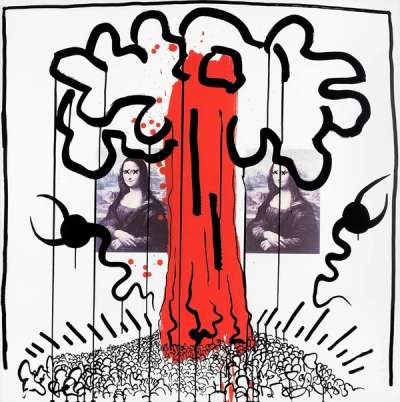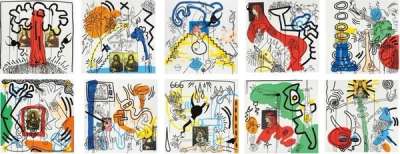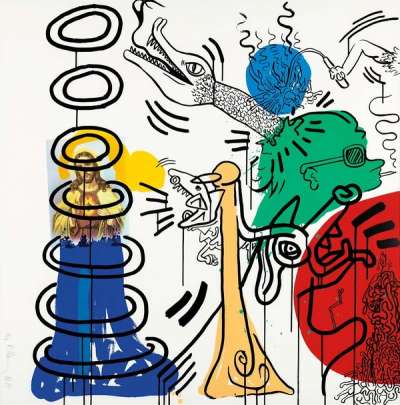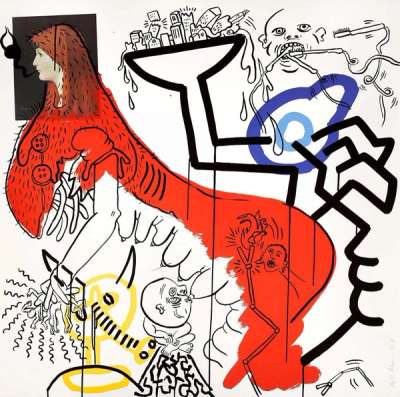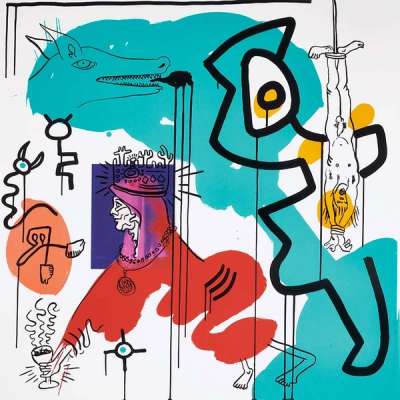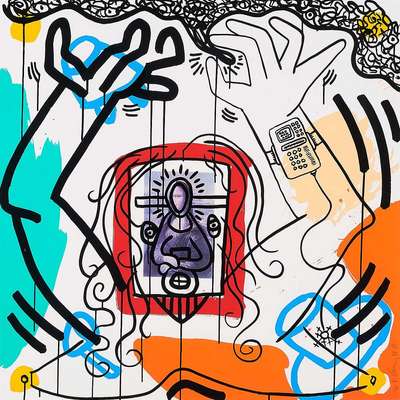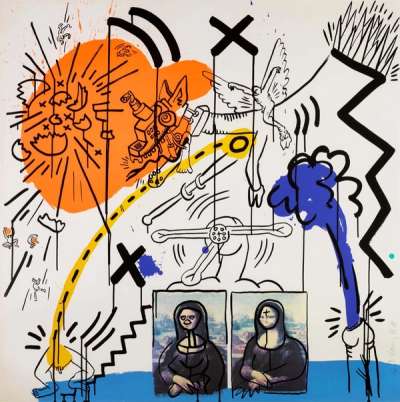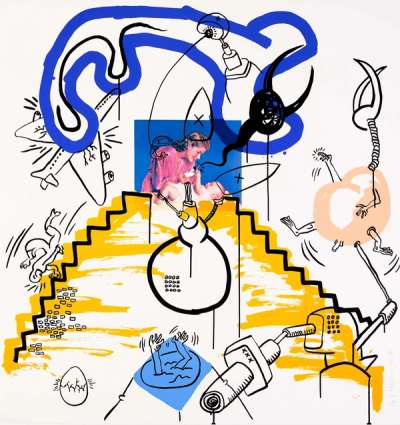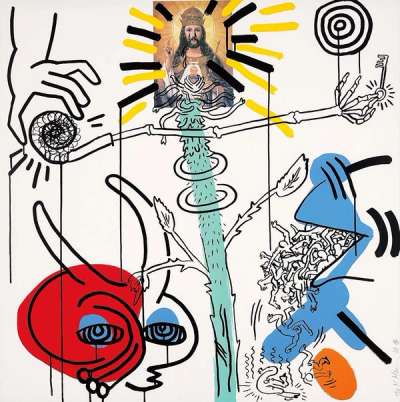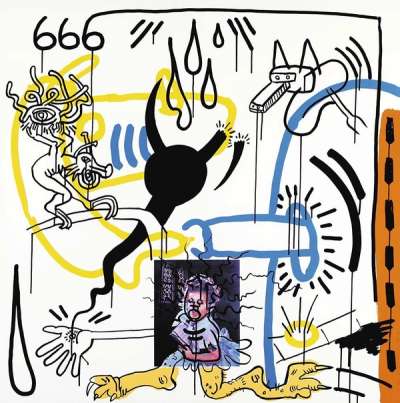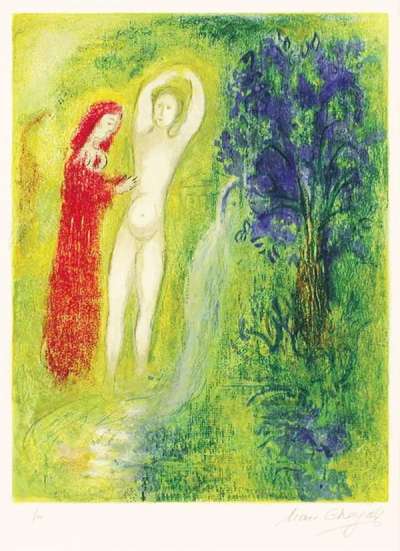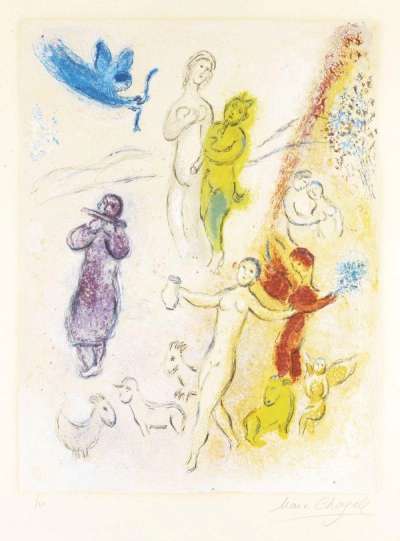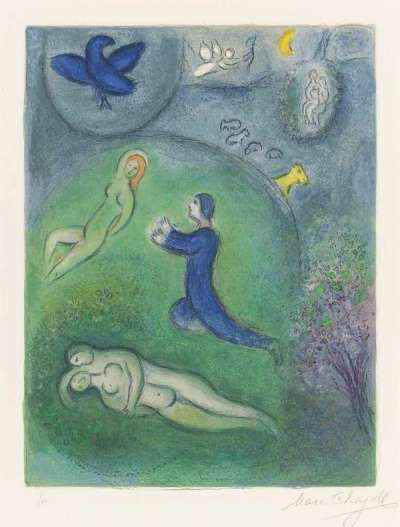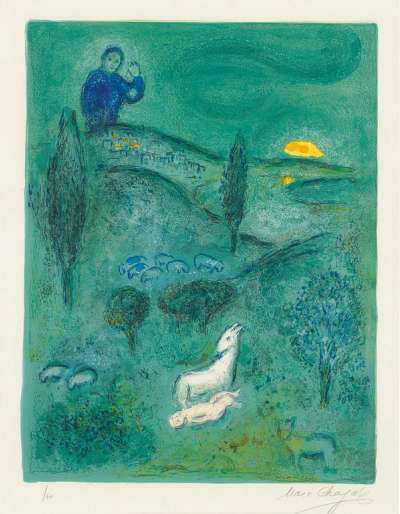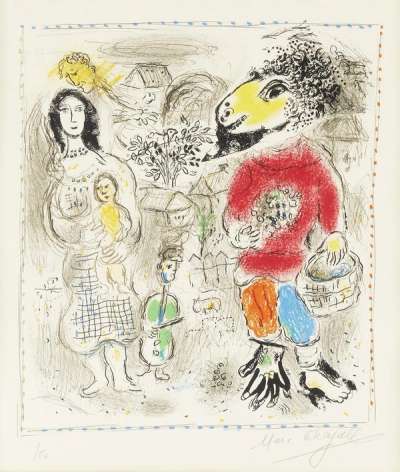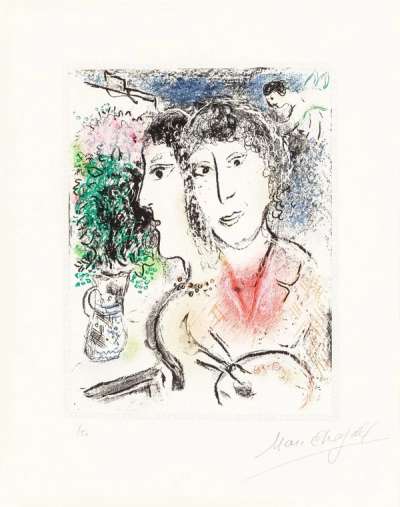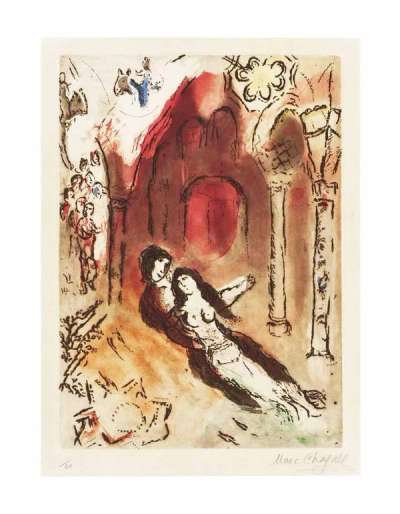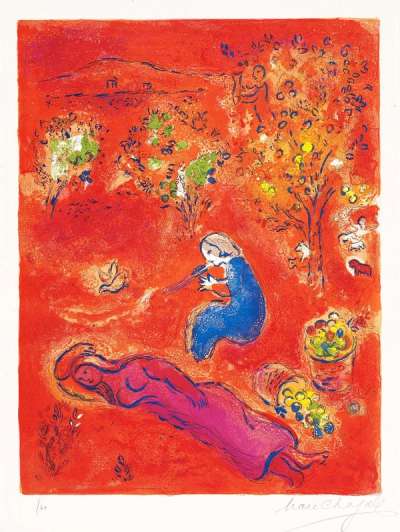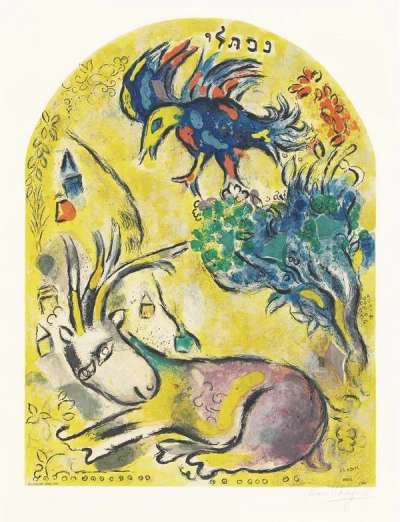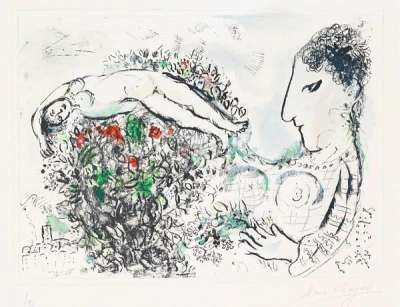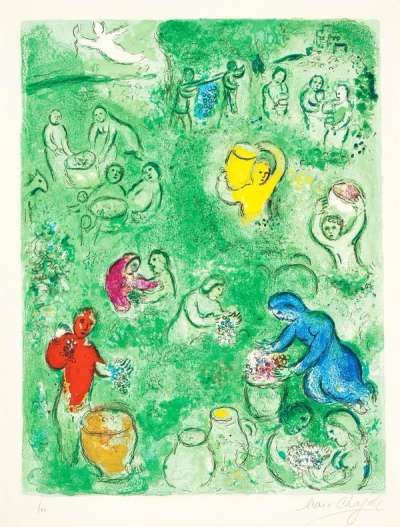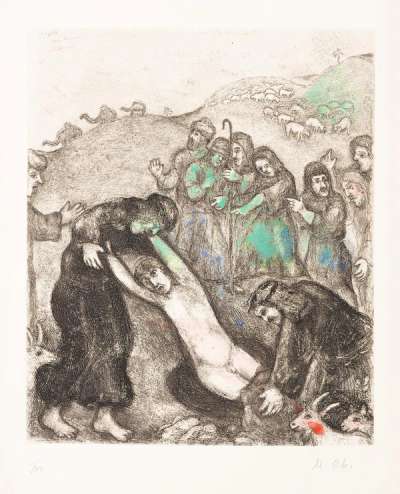
Apocalypse 7

Apocalypse 7
Signed Print
Keith Haring
£6,000-£9,000Value Indicator
$12,000-$18,000 Value Indicator
$10,500-$16,000 Value Indicator
¥50,000-¥80,000 Value Indicator
€7,000-€11,000 Value Indicator
$60,000-$90,000 Value Indicator
¥1,140,000-¥1,720,000 Value Indicator
$7,500-$11,500 Value Indicator
AAGR (5 years) This estimate blends recent public auction records with our own private sale data and network demand.
There aren't enough data points on this work for a comprehensive result. Please speak to a specialist by making an enquiry.
Medium: Screenprint
Edition size: 90
Year: 1988
Size: H 97cm x W 97cm
Signed: Yes
Format: Signed Print
TradingFloor
Track this artwork in realtime
Watch artwork, manage valuations, track your portfolio and return against your collection
Track auction value trend
Auction Results
| Auction Date | Auction House | Location | Hammer Price | Return to Seller | Buyer Paid |
|---|---|---|---|---|---|
| December 2024 | Karl & Faber | Germany | |||
| December 2024 | Sotheby's Paris | France | |||
| May 2020 | Christie's New York | United States | |||
| April 2017 | Sotheby's London | United Kingdom | |||
| October 2015 | Phillips New York | United States | |||
| December 2013 | Phillips London | United Kingdom | |||
| October 2003 | Christie's London | United Kingdom |
Meaning & Analysis
This signed screen print in colours, on museum board from 1988 is a limited edition of 90 from Keith Haring’s Apocalypse series. Apocalypse 7 provides us with a glimpse of Hell as Haring uses the religious imagery of the final judgement scene, splatters of colour, and dark gestural marks to depict the scene’s devastating chaos.
The scene shows an oversized, flesh coloured sperm with devil horns, hovering over the apocalyptic landscape. As the series progresses, the presence of the demonic sperm becomes more menacing and its threatening nature comes to the fore in this print.
In Apocalypse 7 a television monitor shows a volcano erupting, about to devastate the city below. Living through a time of technological acceleration, Haring saw the “machine aesthetic” as a threat to humanity and used the television as a powerful symbol for totalitarian-style manipulation. Haring uses the image of the television screen in this work to symbolise the uncontrollable nature of mass culture.
Using the religious imagery of the final judgement, Haring depicts a mass of piled-up human figures as they escape up the tongue of a crying demon with pig’s snout and horns. A deformed figure climbs a set of stairs just above, representing the entrance or vortex of a hell circle. Faced with the deaths of many of his friends due to AIDS, Apocalypse 7 is indicative of how Haring felt about life and humanity at the time. The Mona Lisa appears again, rendered almost anonymous with her face ripped off and placed on the satanic pig. Haring removes all identifying features from his subjects, serving as a powerful representation of how AIDS has indiscriminately affected many thousands of people, and how their suffering has been met with public indifference.
Keith Haring was a luminary of the 1980s downtown New York scene. His distinctive visual language pioneered one-line Pop Art drawings and he has been famed for his colourful, playful imagery. Haring's iconic energetic motifs and figures were dedicated to influencing social change, and particularly challenging stigma around the AIDS epidemic. Haring also pushed for the accessibility of art by opening Pop Shops in New York and Japan, selling a range of ephemera starting from as little as 50 cents. Haring's legacy has been cemented in the art-activism scene and is a testament to power of art to inspire social change
